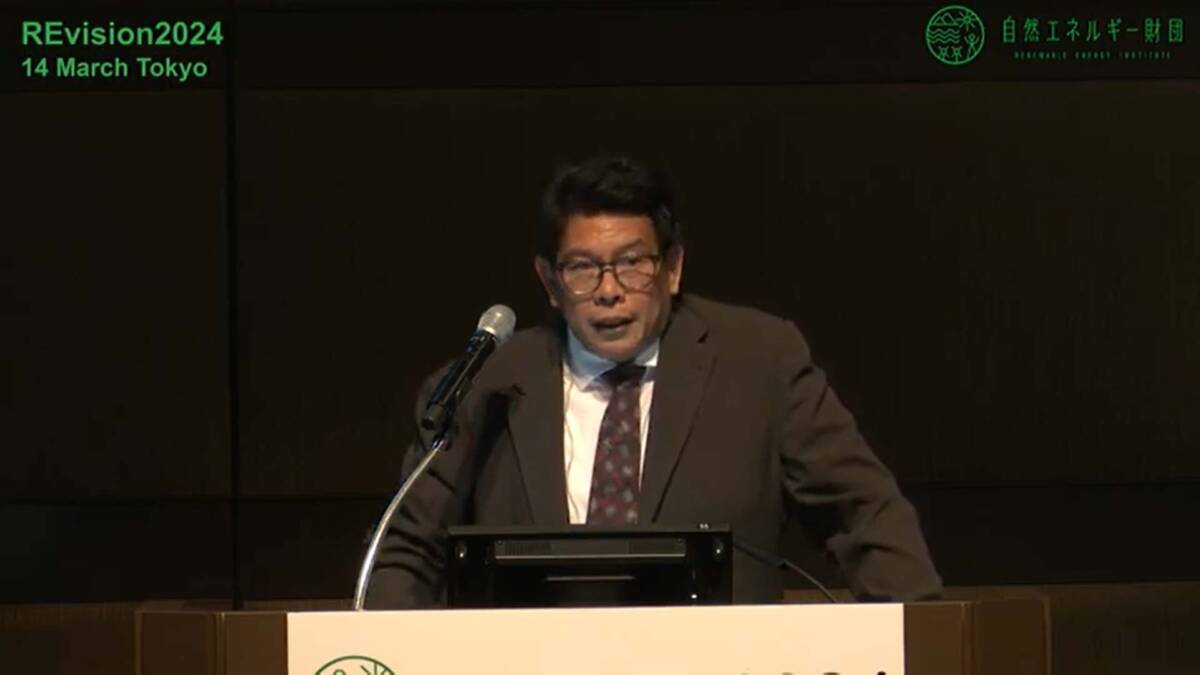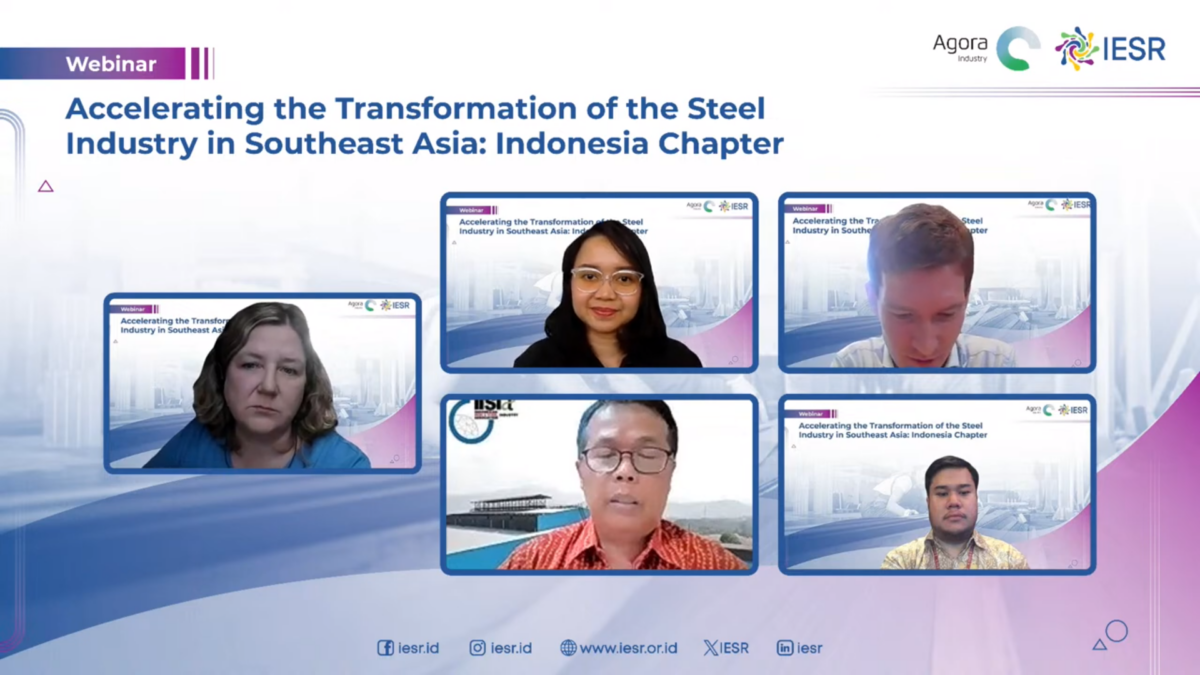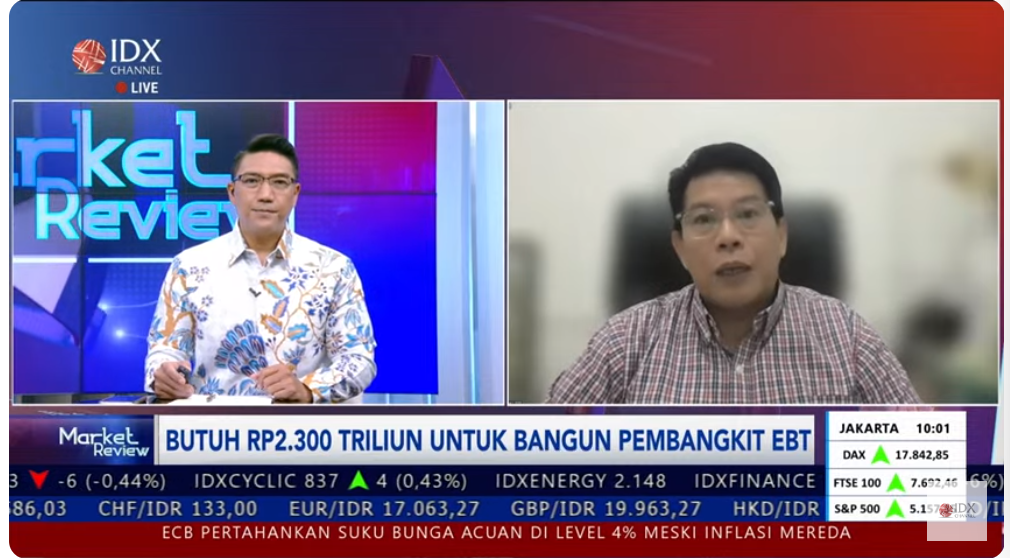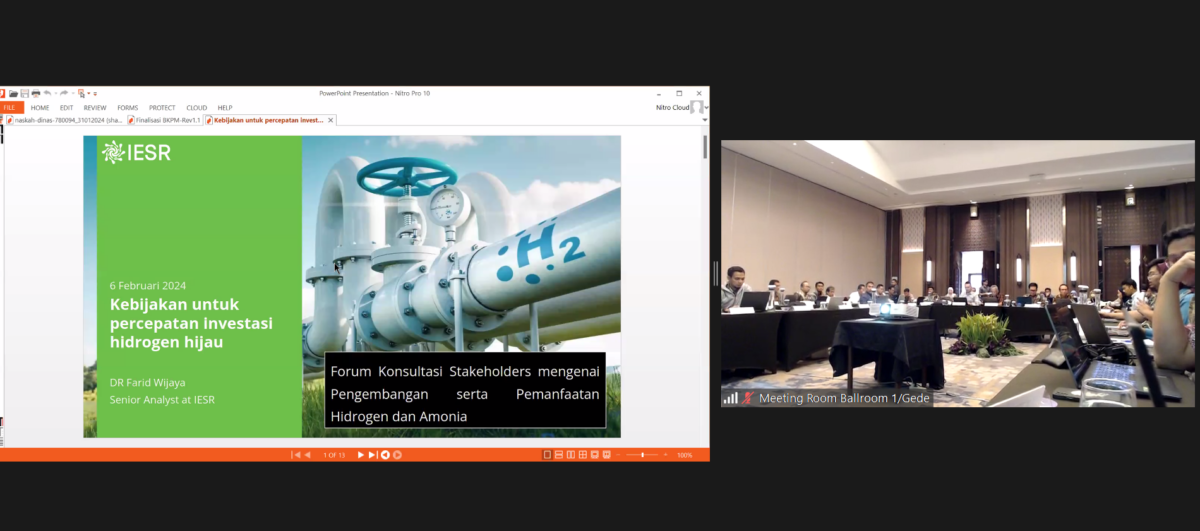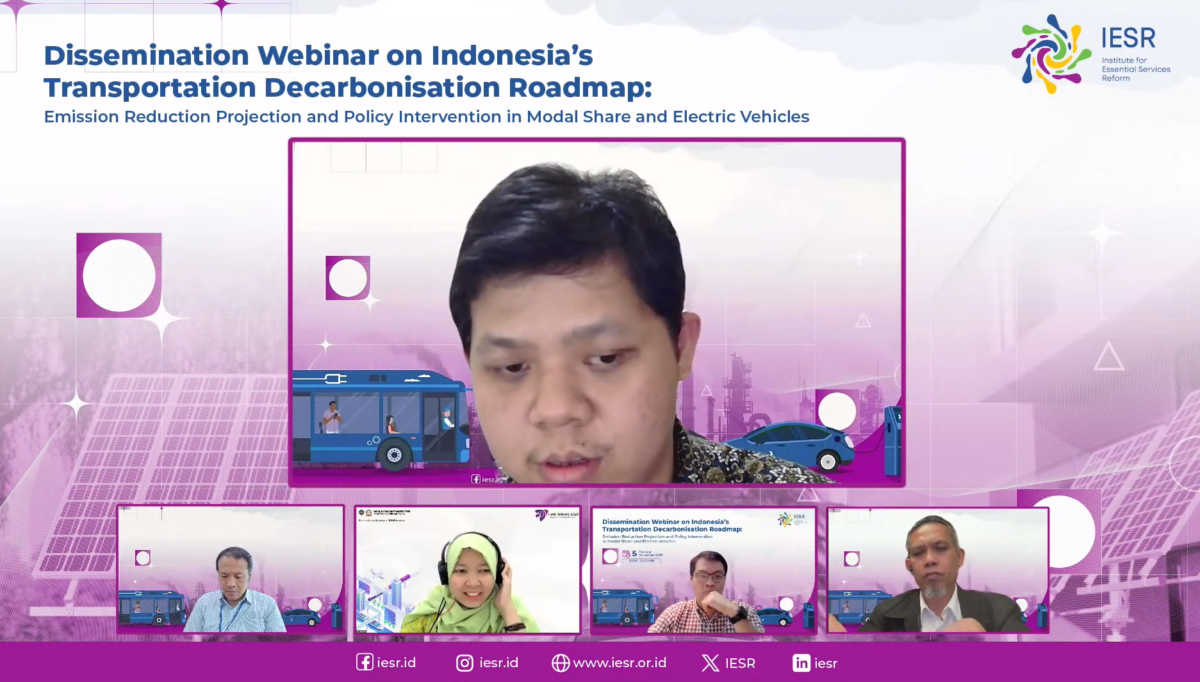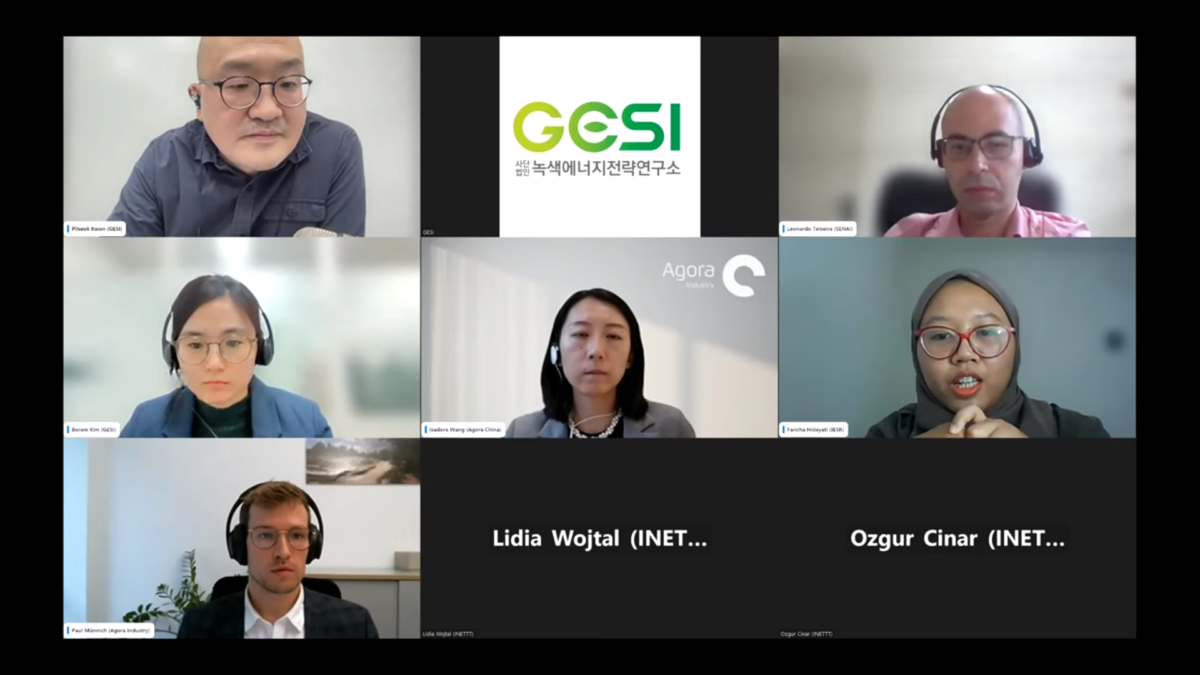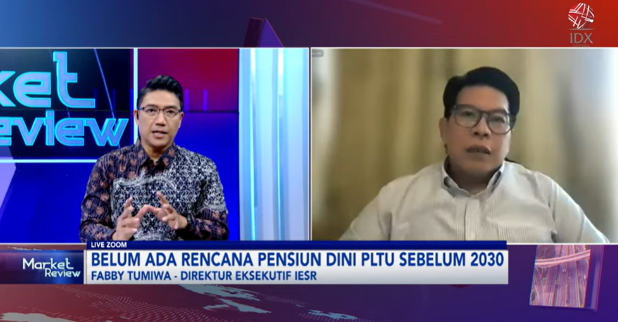Jakarta, March 27, 2024-Southeast Asia is a world's fifth-largest economy region in 2022. However, this economic growth comes with a concerning projection: greenhouse gas (GHG) emissions in the region are expected to soar by 60 percent by 2050. Curbing these emissions is pivotal for global efforts to combat climate change. Unfortunately, current endeavors to promote…
